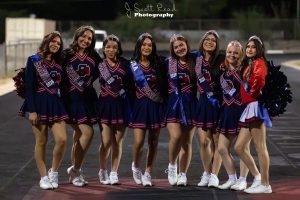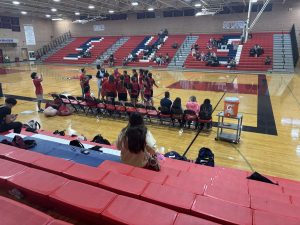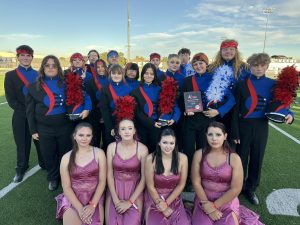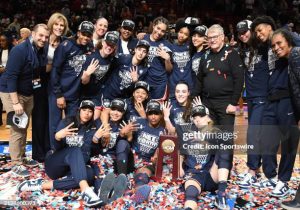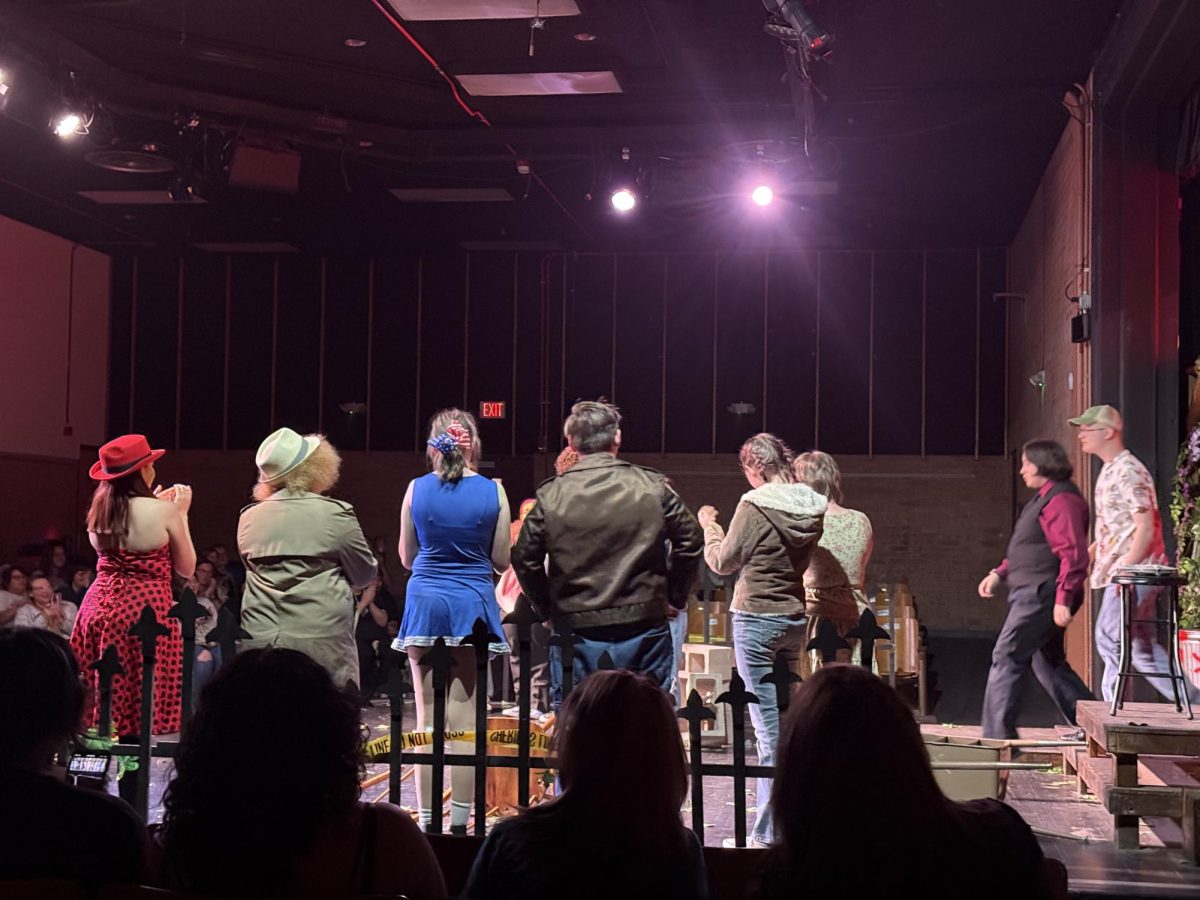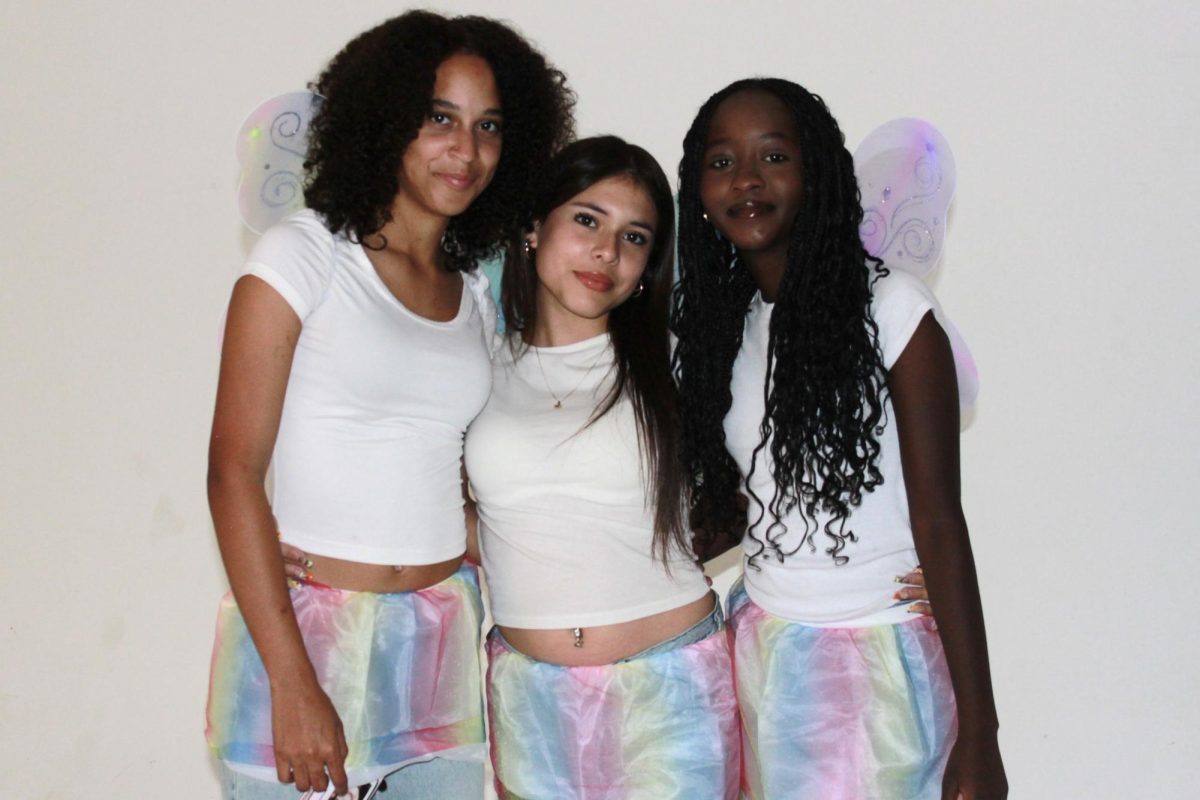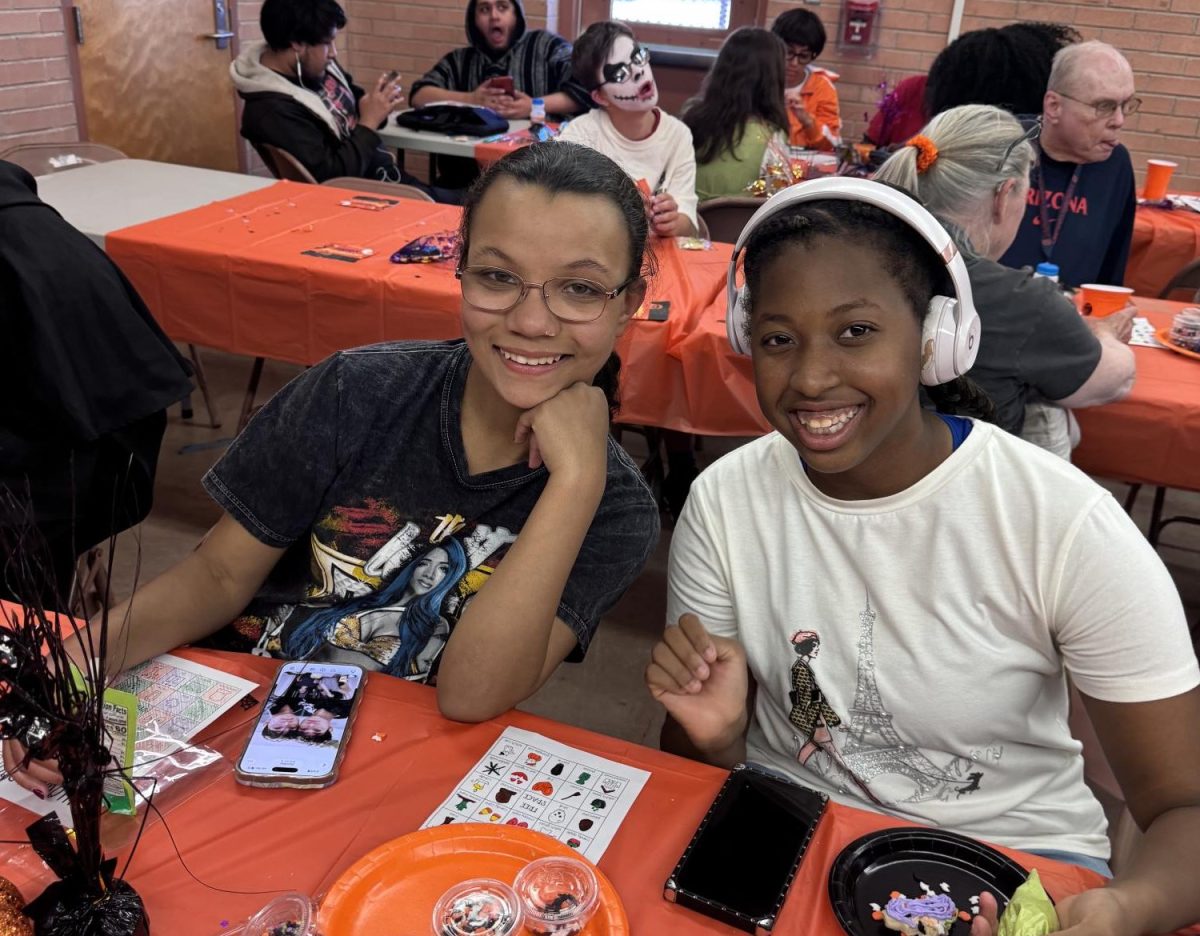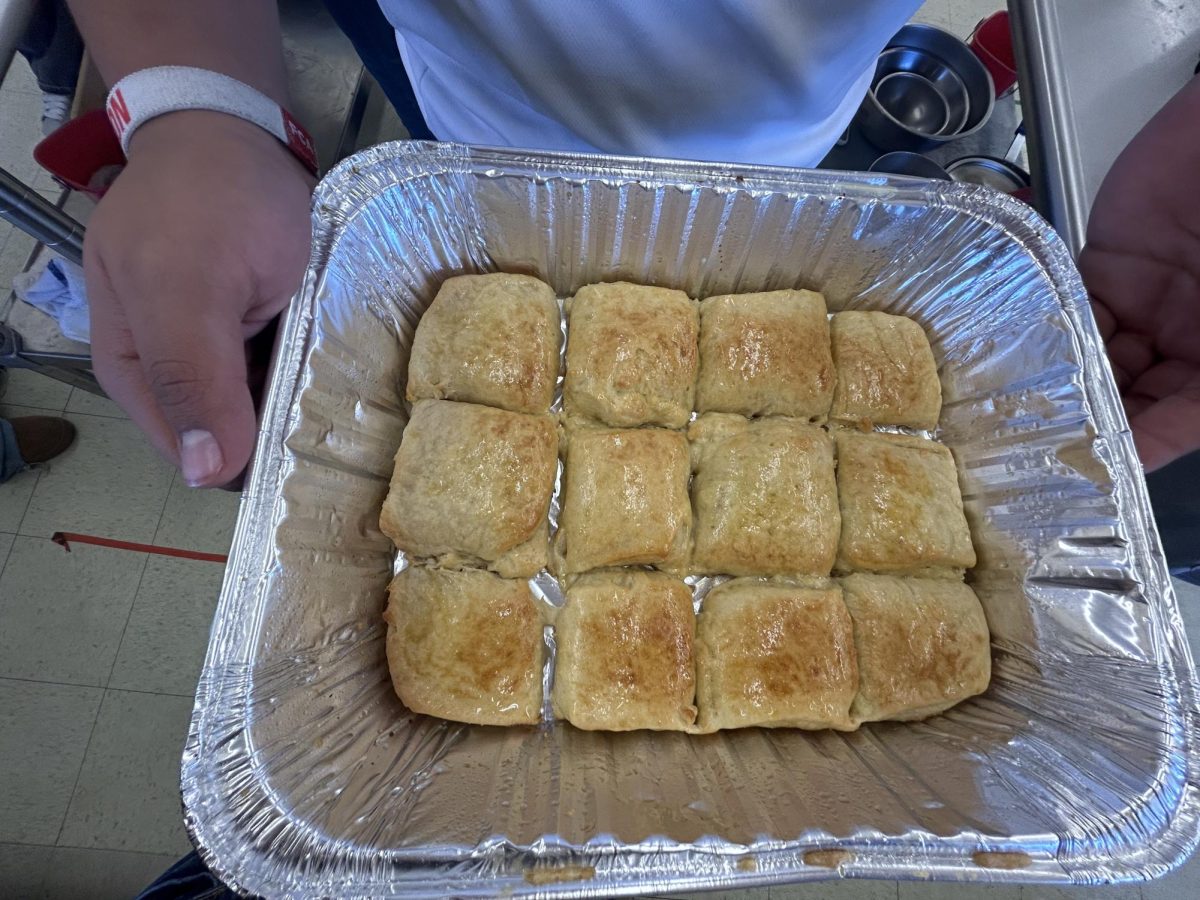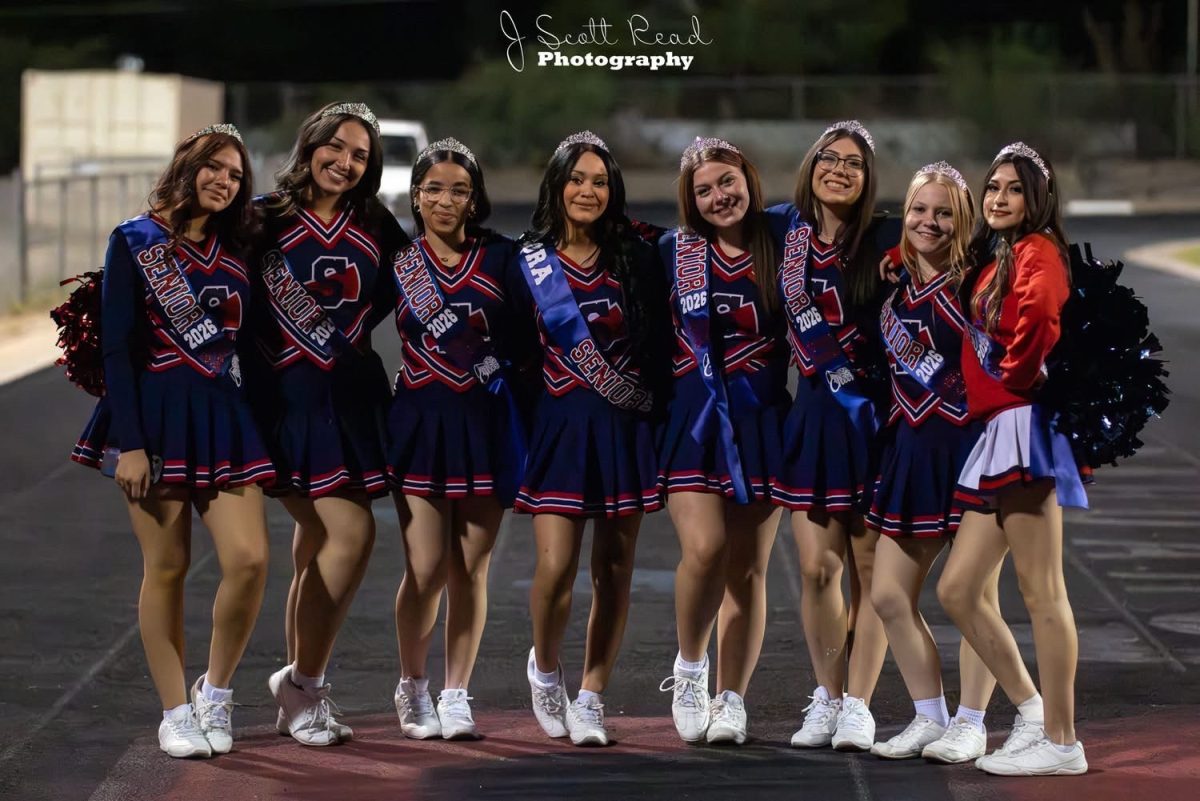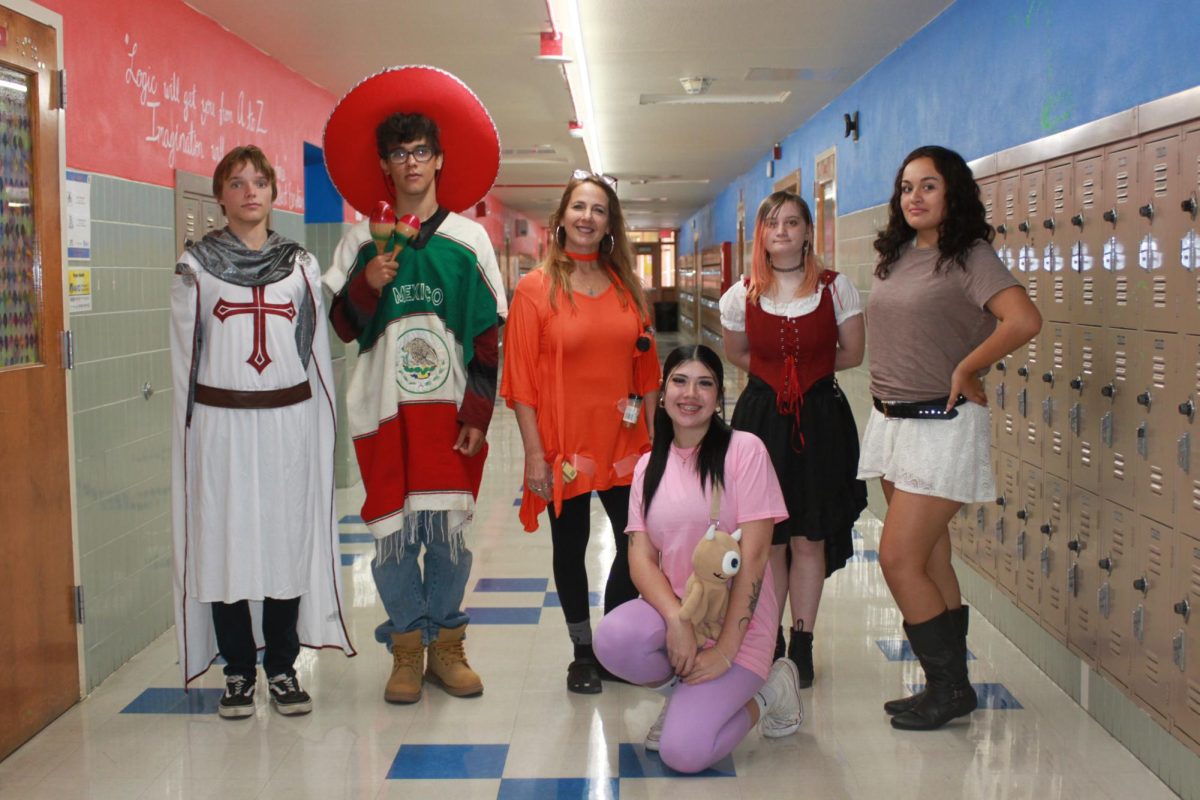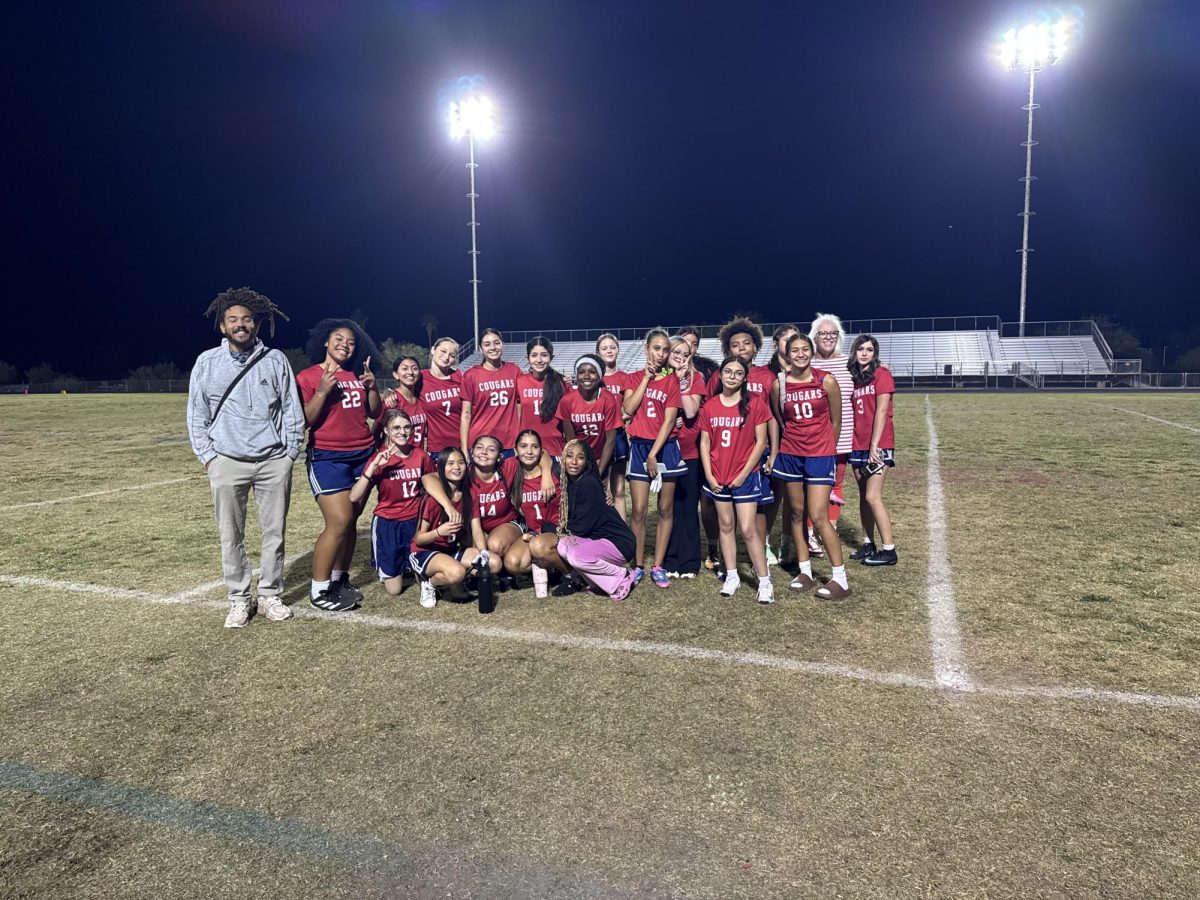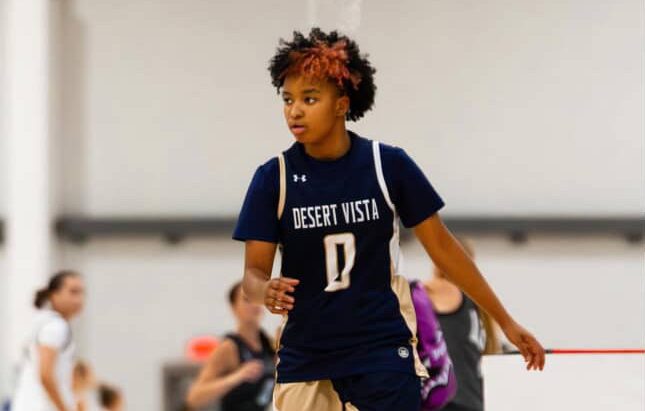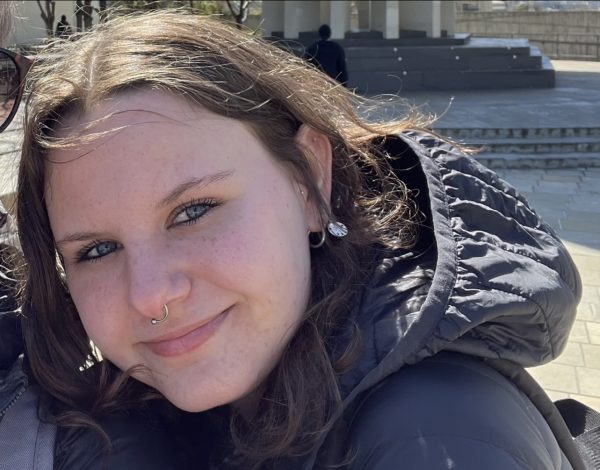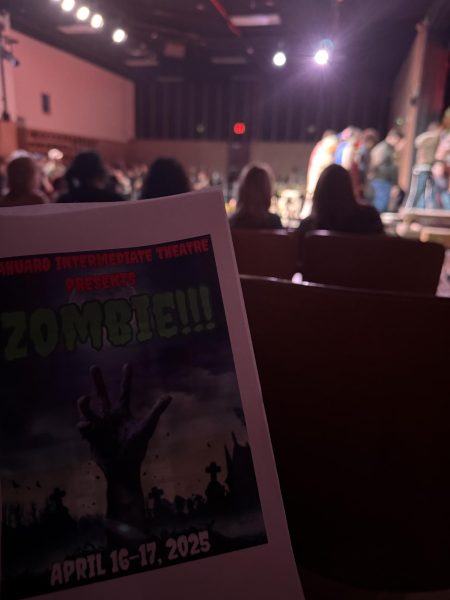 Sahuaro High School’s Intermediate Theatre put on a hilarious and heartfelt play about surviving a zombie apocalypse, and it was nothing short of a creative masterpiece. Blending satire, dark comedy, and over-the-top scenarios, the play explored ten (plus two bonus) “methods” for surviving a zombie apocalypse. The cast brought energy and laughs to the stage through exaggerated stereotypes, unexpected twists, and chaos while also making a subtle point about how we view others and ourselves during times of crisis.
Sahuaro High School’s Intermediate Theatre put on a hilarious and heartfelt play about surviving a zombie apocalypse, and it was nothing short of a creative masterpiece. Blending satire, dark comedy, and over-the-top scenarios, the play explored ten (plus two bonus) “methods” for surviving a zombie apocalypse. The cast brought energy and laughs to the stage through exaggerated stereotypes, unexpected twists, and chaos while also making a subtle point about how we view others and ourselves during times of crisis.
The play opens with a zombie girl groaning about how bad stereotypes are. This message, though wrapped in humor, becomes a recurring theme throughout the performance. Almost immediately, a grandma is devoured by zombies, setting the tone for a fast-paced, absurd survival guide. Narrators 1 and 2 step in to guide the audience, announcing that this is a story about how to survive the apocalypse.
Each “method” is its short sketch, with different outcomes based on the group’s decisions. Method 1, for example, shows the harsh idea of sacrificing the weakest when Chrissy twists her ankle and is left behind. Method 2 flips this with humor as Chrissy distracts zombies by yelling, “Look over there!”—a simple but effective trick. Method 3 takes a more dramatic route, with Sam giving an inspirational speech and then revealing a bag of experimental weapons to fight off the undead.
Method 4—”Join the Zombies”—takes a twist when Sam and Jimmy argue so much that they forget to run and get eaten, while the girls try to survive on their own. Method 5 is darkly come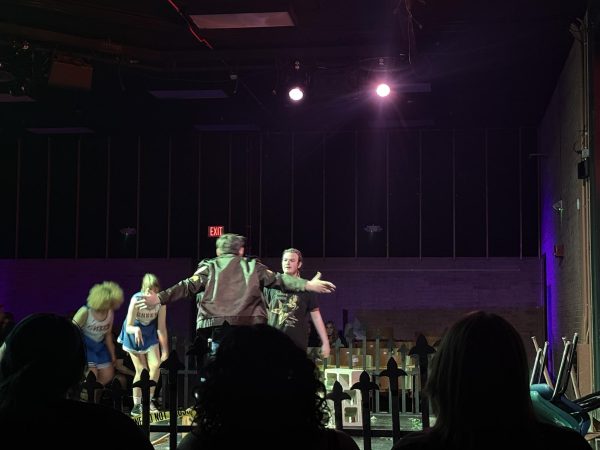 dic, as Sam is abandoned by Jimmy and Chrissy, only to later reveal he created genetically mutated dogs that got revenge for him.
dic, as Sam is abandoned by Jimmy and Chrissy, only to later reveal he created genetically mutated dogs that got revenge for him.
The humor continues in Method 6, where Sam claims he knows kung fu and beats up zombies, and in Method 7, where Chrissy tries reasoning with the zombies before casually shooting them all. From there, Method 8 (“Romance the Zombies”) is when Susan, another girl, flirts with zombies by talking about sports, leading to their downfall through wrestling. Method 9 is simply running fast, and Method 10 is pure sci-fi silliness—escaping to space after Chrissy mourns her pet gerbil’s death more than any human loss.
There are also entertaining intermissions called “cutoffs,” where zombies talk about their feelings, crack stand-up comedy, or even attend parent-teacher conferences. One standout moment is a monologue from a laid-back zombie, who praises zombie life because he no longer has to worry about hygiene, gas prices, or adult responsibilities. These sketches add flavor and depth, reminding the audience that the undead have their own “lives” too.
Bonus Methods 11 and 12 offer even more absurdity, like cannibalism and the power of love. The final message from the narrators—that loving each other might be the real way to find peace—offers a surprisingly sweet (and ironic) note to end on.
Overall, Sahuaro’s Intermediate Theatre created a fun, unique, and engaging play that blended horror tropes, social commentary, and laugh-out-loud moments. With memorable characters like Chrissy, Jimmy, Sam, and Susan, and unexpected lessons tucked between zombie bites, this production was a delightful exploration of how people act when pushed to their limits, and how humor can survive even the end of the world.



